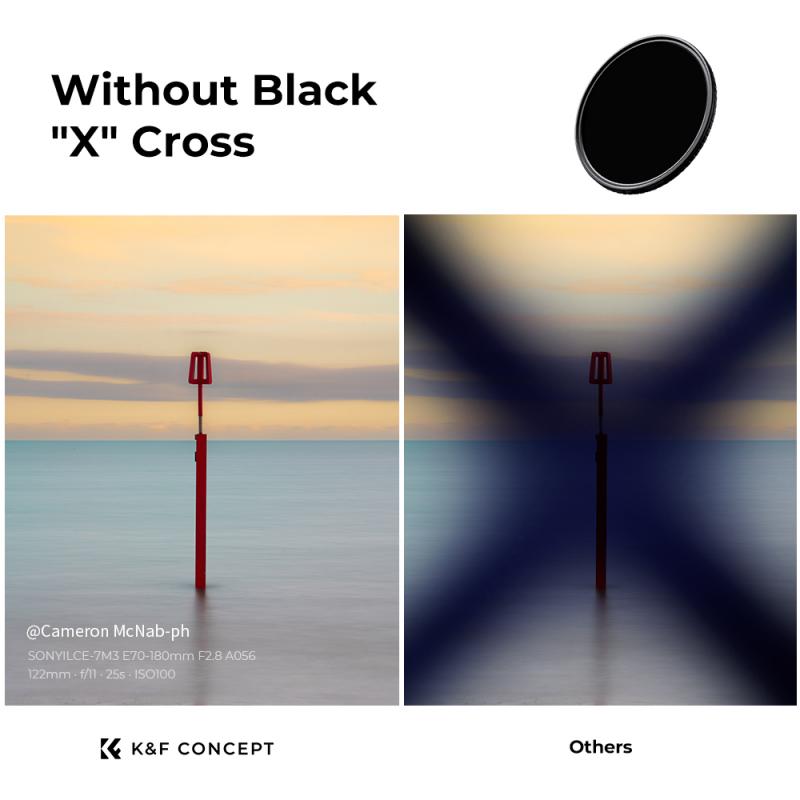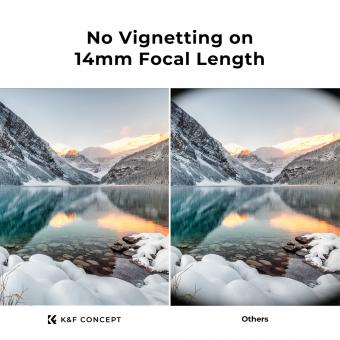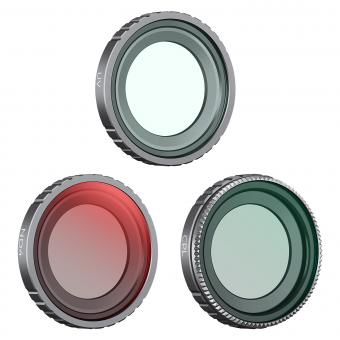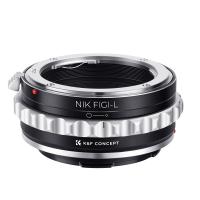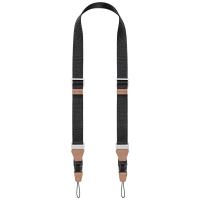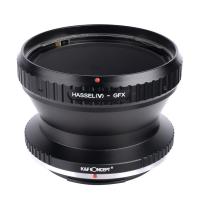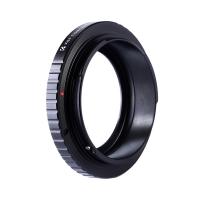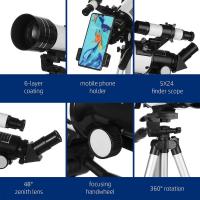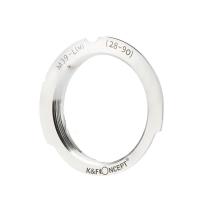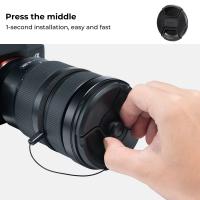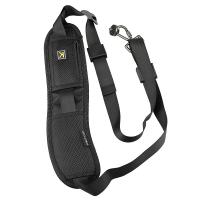How Do Camera Filters Wordk ?
Camera filters work by modifying the light that enters the camera lens before it reaches the image sensor or film. They are typically made of glass or resin and are attached to the front of the lens. Different types of filters serve different purposes, such as enhancing colors, reducing glare, or adding special effects.
For example, a UV filter blocks ultraviolet light, which can cause hazy or bluish images. A polarizing filter reduces reflections and enhances contrast, making skies appear bluer and reducing glare from water or glass surfaces. Neutral density filters reduce the amount of light entering the lens, allowing for longer exposures or wider apertures in bright conditions. Graduated filters have a gradient of density, allowing photographers to balance exposure between different parts of the image.
Filters can be screw-on or square/rectangular in shape, requiring a filter holder system. They come in various sizes to fit different lens diameters. By using different combinations of filters, photographers can achieve a wide range of creative effects and control the quality of light entering their cameras.
1、 Optical Filters: Alter light transmission to enhance or reduce specific wavelengths.
Camera filters are essential tools used by photographers to manipulate the light entering the camera lens. These filters work by altering the transmission of light, enhancing or reducing specific wavelengths to achieve desired effects in the final image.
Optical filters are made of materials that selectively transmit or block certain wavelengths of light. They are designed to modify the color balance, contrast, and overall appearance of the image. Different types of filters are available, each serving a specific purpose.
For example, a UV filter is commonly used to reduce the bluish cast caused by ultraviolet light and protect the camera lens from scratches and dust. Polarizing filters, on the other hand, reduce glare and reflections from non-metallic surfaces, making colors appear more saturated and the sky bluer. Neutral density filters are used to reduce the amount of light entering the lens, allowing for longer exposures or wider apertures in bright conditions.
The latest point of view on camera filters includes advancements in technology that have led to the development of more sophisticated filters. Some filters now incorporate multiple layers of coatings to minimize reflections and improve image quality. Additionally, digital photography has allowed for the creation of software-based filters that can be applied during post-processing, providing photographers with even more creative control over their images.
In conclusion, camera filters are optical devices that alter light transmission to enhance or reduce specific wavelengths. They play a crucial role in photography, allowing photographers to manipulate the appearance of their images and achieve desired effects. With advancements in technology, camera filters continue to evolve, providing photographers with more options and creative possibilities.
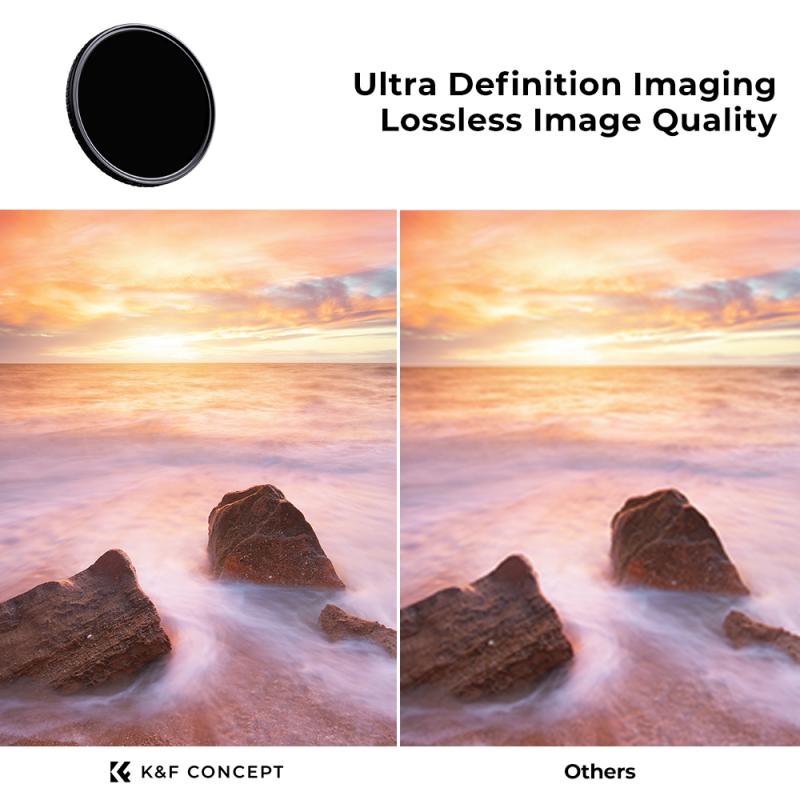
2、 Polarizing Filters: Reduce glare and enhance color saturation in photos.
Camera filters are essential tools for photographers to enhance their images and achieve specific effects. One popular type of filter is the polarizing filter. So, how do polarizing filters work?
Polarizing filters are designed to reduce glare and enhance color saturation in photos. They achieve this by selectively blocking certain light waves. When light reflects off non-metallic surfaces such as water, glass, or foliage, it becomes polarized, meaning the light waves align in a specific direction. This polarized light creates glare and reduces color saturation in photographs.
A polarizing filter consists of a special material that contains molecules aligned in a specific direction. When the filter is attached to the camera lens and rotated, it aligns with the polarized light waves, allowing only light waves aligned in a specific direction to pass through. By doing so, the filter reduces glare caused by polarized light, resulting in clearer and more vibrant images.
Moreover, polarizing filters also enhance color saturation. By reducing glare, the filter allows the camera to capture more accurate and vibrant colors. This is particularly useful when photographing landscapes, as it intensifies the blues of the sky, enhances the greens of foliage, and deepens the colors of water bodies.
In recent years, advancements in filter technology have led to the development of circular polarizing filters. These filters are more user-friendly as they can be easily rotated on the lens without affecting the autofocus or metering systems of modern cameras.
In conclusion, polarizing filters are valuable tools for photographers to reduce glare and enhance color saturation in their images. By selectively blocking polarized light waves, these filters improve the overall quality and visual impact of photographs.
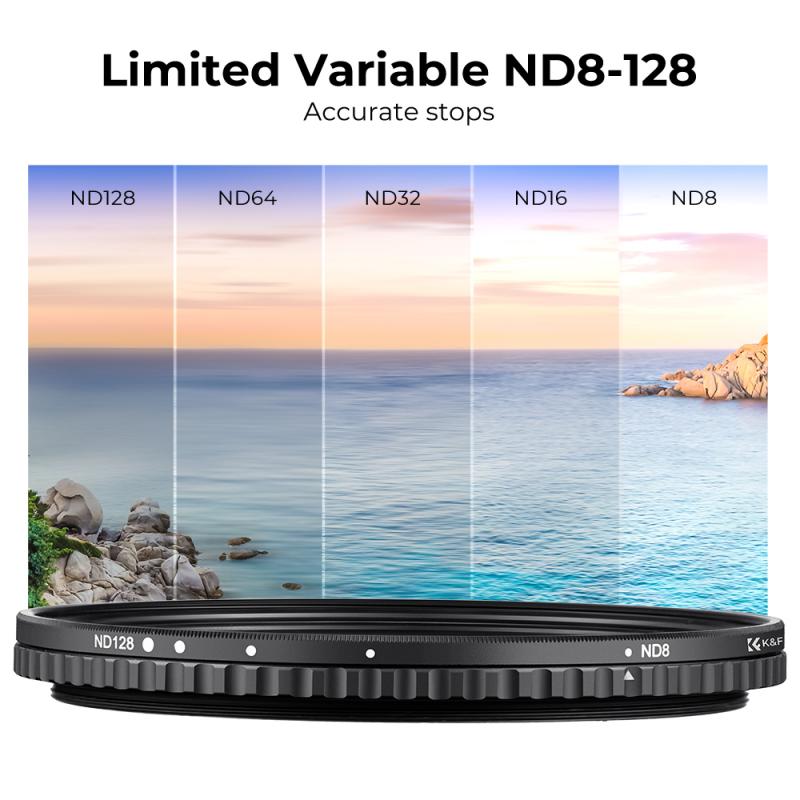
3、 Neutral Density Filters: Reduce the amount of light entering the camera.
Neutral density filters are an essential tool for photographers and videographers as they allow for greater control over exposure settings. These filters work by reducing the amount of light that enters the camera, without affecting the color or contrast of the image. This is achieved by using a material that is darkened uniformly across its surface.
When light passes through a neutral density filter, it is evenly attenuated, resulting in a decrease in the overall intensity of the light. This reduction in light allows photographers to use wider apertures or slower shutter speeds, even in bright conditions, without overexposing the image. By adjusting the exposure settings, photographers can achieve creative effects such as motion blur or shallow depth of field.
Neutral density filters are typically made from glass or resin and come in various strengths, measured in stops. The strength of the filter determines the amount of light that is blocked, with higher stop values reducing more light. These filters are available in different densities, ranging from 1-stop to 10-stop filters, allowing photographers to choose the appropriate level of light reduction for their specific needs.
In recent years, advancements in filter technology have led to the development of variable neutral density filters. These filters consist of two polarizing layers that can be rotated to adjust the amount of light reduction. This flexibility provides photographers with greater control over exposure settings, as they can easily adjust the filter's density to suit changing lighting conditions.
Overall, neutral density filters are a valuable tool for photographers and videographers, allowing them to achieve creative effects and control exposure settings in various lighting conditions.
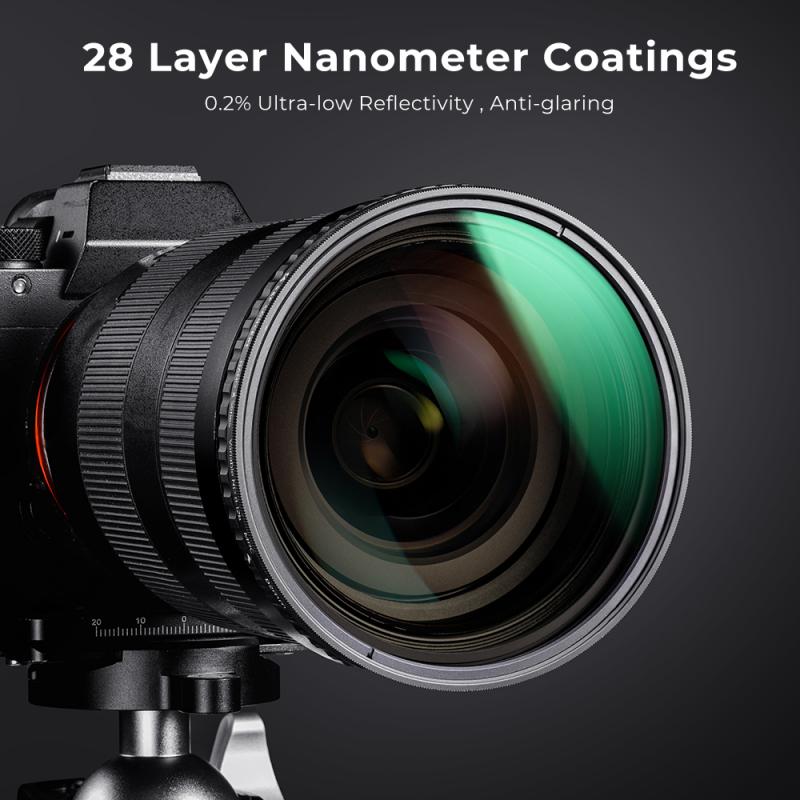
4、 UV Filters: Block ultraviolet light and protect the camera lens.
UV filters are a popular type of camera filter that serve multiple purposes. One of the primary functions of a UV filter is to block ultraviolet light from reaching the camera lens. Ultraviolet light is invisible to the human eye, but it can cause a hazy or bluish cast in photographs, especially in outdoor settings. By using a UV filter, photographers can eliminate this unwanted effect and capture clearer and more vibrant images.
UV filters also provide an additional layer of protection for the camera lens. They act as a barrier, shielding the lens from potential damage such as scratches, dust, and moisture. This is particularly beneficial in outdoor photography where the lens is exposed to various elements.
In terms of how UV filters work, they are typically made of a special glass or resin material that is coated with a UV-absorbing substance. This coating allows the filter to selectively block ultraviolet light while still allowing visible light to pass through. The filter is screwed onto the front of the camera lens, acting as a barrier between the lens and the subject being photographed.
It is worth noting that the effectiveness of UV filters in blocking ultraviolet light has been a topic of debate among photographers. Some argue that modern camera lenses already have built-in UV coatings, making the use of UV filters unnecessary. However, others believe that the additional protection provided by UV filters outweighs any potential drawbacks.
In conclusion, UV filters block ultraviolet light and protect the camera lens. They are a valuable tool for photographers, offering both improved image quality and lens protection. However, it is important for photographers to consider the specific needs of their equipment and shooting conditions when deciding whether to use a UV filter.
